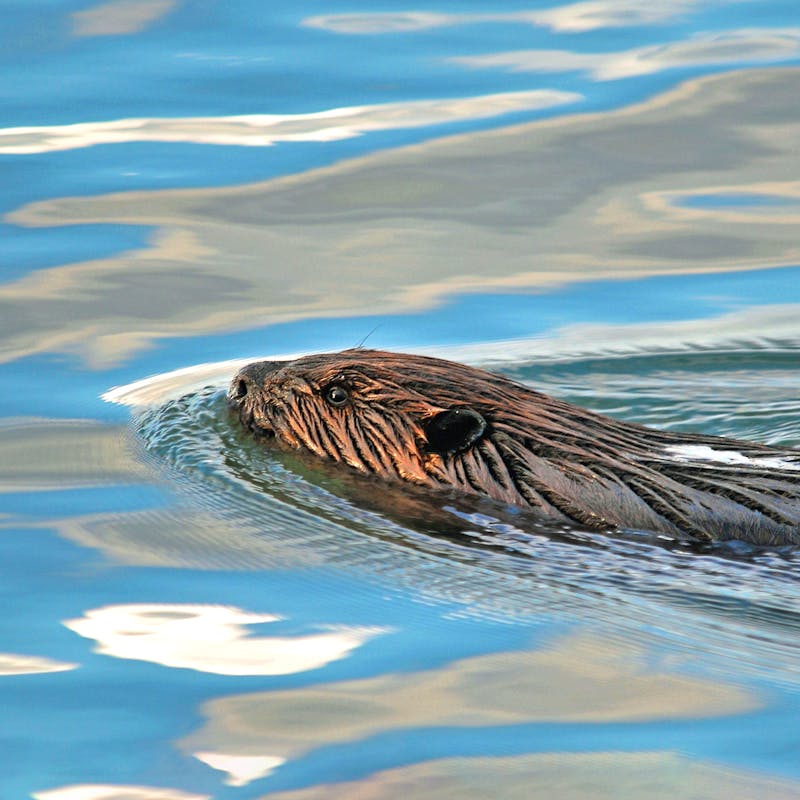The survival of wildlife in North America depends a great deal on the values and beliefs of the people who are sharing the landscape. Whether it’s a wolf or an orca or a beaver, the way that humans interact with the land can change the actions of wildlife and their chance of survival. These relationships are core to Defenders’ work on human-wildlife coexistence and are also the focus of the emerging research field of Human Dimensions of Wildlife. A recently released study on America’s Wildlife Values, led by researchers at Colorado State University and The Ohio State University, found that differences in values can cause conflict over fish and wildlife management in the U.S. and that wildlife value orientation types vary greatly by state. It may seem obvious that people’s perspectives are important for conservation: to coexist, the people living alongside wildlife need to respect those animals and plants.
For Defenders, people’s values are front and center to our work mitigating human-wildlife conflict. Last week, I teamed up with five other Defenders – Heather Clarkson, Craig Miller, Robb Krehbiel, Aaron Hall and John Murtaugh – to present at the annual conference on human dimensions, Pathways in Estes Park, Colorado. We convened to share the tried-and-true approaches that Defenders has developed for engaging with people over our 30+ years of coexistence efforts around the country.

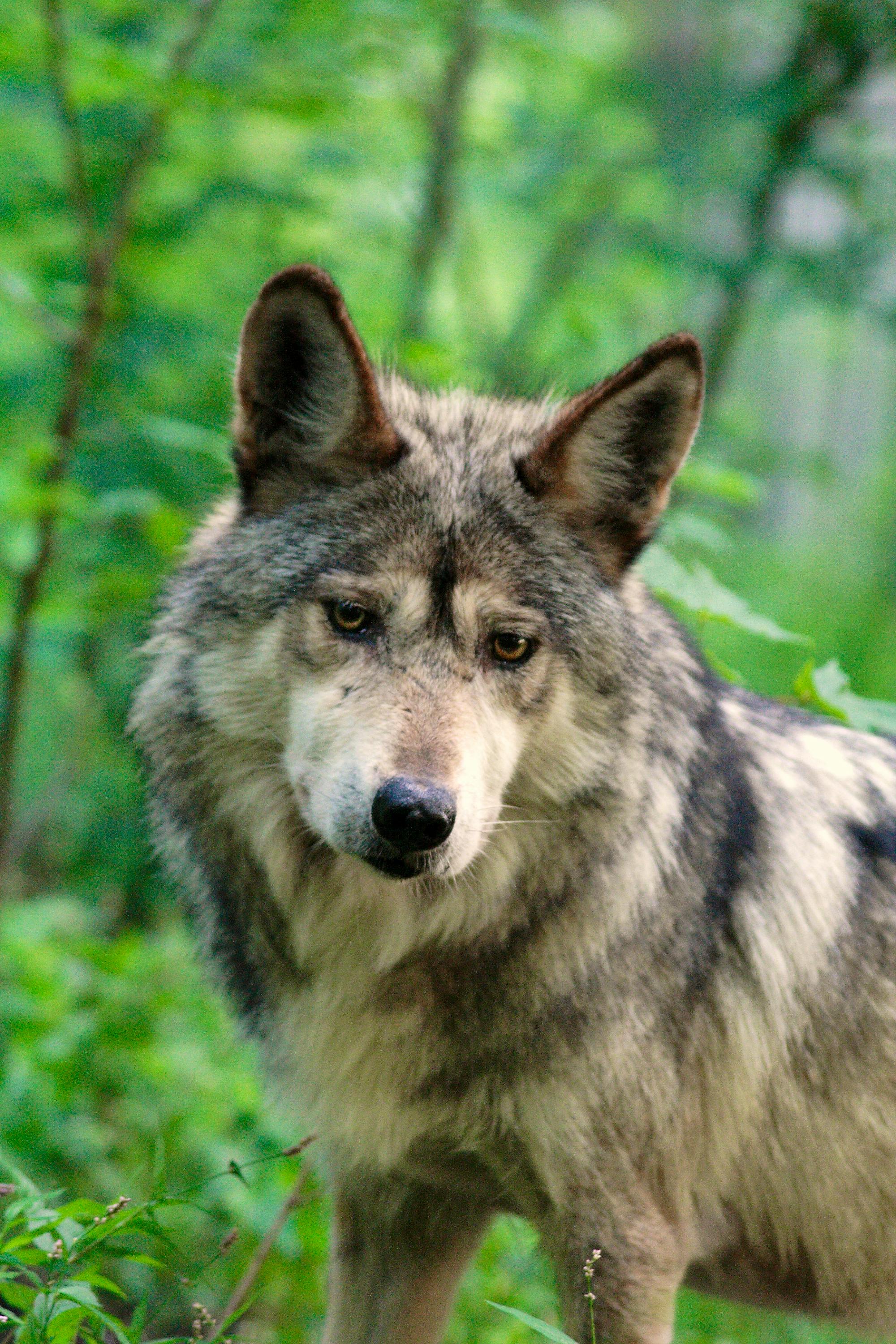
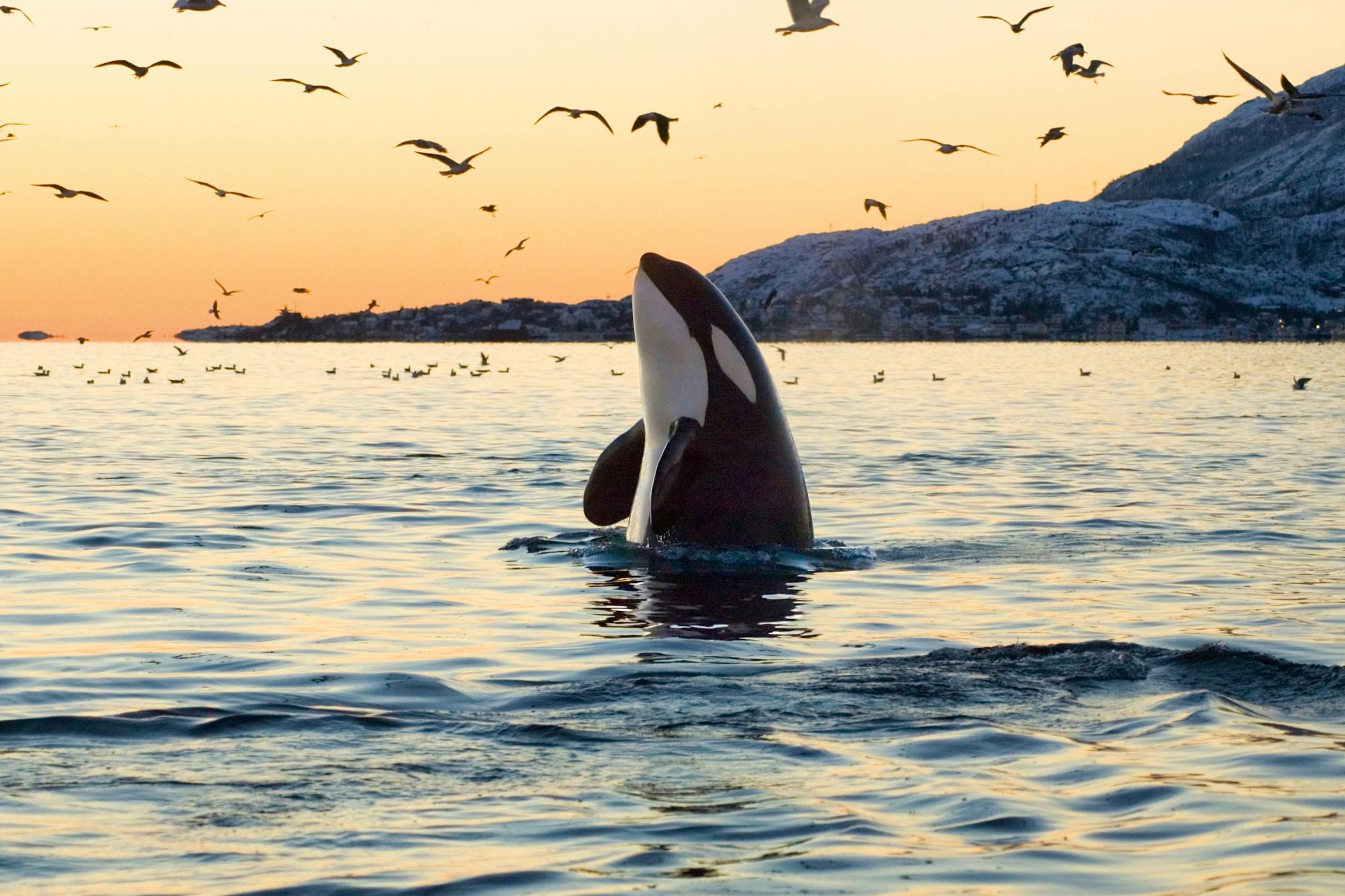

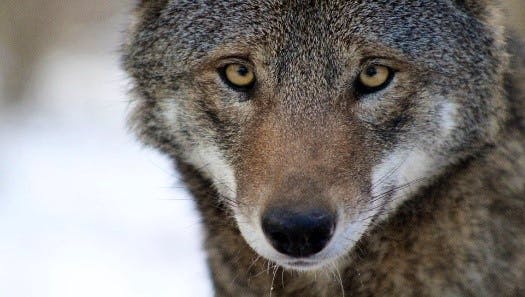
At Pathways we led an organized session on seven of Defenders’ approaches:
- Partnership: engaging diverse partners is key to developing trust and identifying common objectives.
- Communication: establishing clear, proactive communication between stakeholders and organizing partners is essential for forming resilient relationships.
- Local ownership: creating support mechanisms that involve co-investment of resources can ensure that local stakeholders are personally connected to outcomes.
- Community support: creating opportunities for peer-to-peer teaching and local troubleshooting often results in longer-term solutions.
- Institutional support: engaging government support and legal incentives can align coexistence projects with local institutions and policies.
- Effectiveness: demonstrating how interventions work using metrics acceptable to stakeholders helps assure people’s confidence.
- Amplification: empowering local champions to share success stories can help spread the word and scale up methods to other communities.
Each Defenders team member described how they apply these approaches to species conservation. Heather described her outreach efforts to reopen the Red Wolf Education Center and establish a new Red Wolf Ambassadors program within the community living with Red Wolves in North Carolina. Craig shared advances in recovering Mexican gray wolves to the Southwest through collaborative partnerships with ranchers, tribes and state and federal agencies. Robb delivered a hopeful story of Orcas Love Raingardens, an urban coexistence project which cleans stormwater runoff to improve the quantity and quality of salmon available for orcas in the Pacific Northwest. Aaron explained how Defenders’ beaver incentive program is fostering landowner support for the species and helping to restore beavers’ contribution to improving wildlife habitat, water quantity and quality, and climate change resiliency in the Rocky Mountains and Great Plains. Finally, John spoke to the theme of the conference – restoring wolves to Colorado – by explaining recent efforts to place a voter initiative on the 2020 ballot that would require the state to reintroduce wolves to western Colorado.

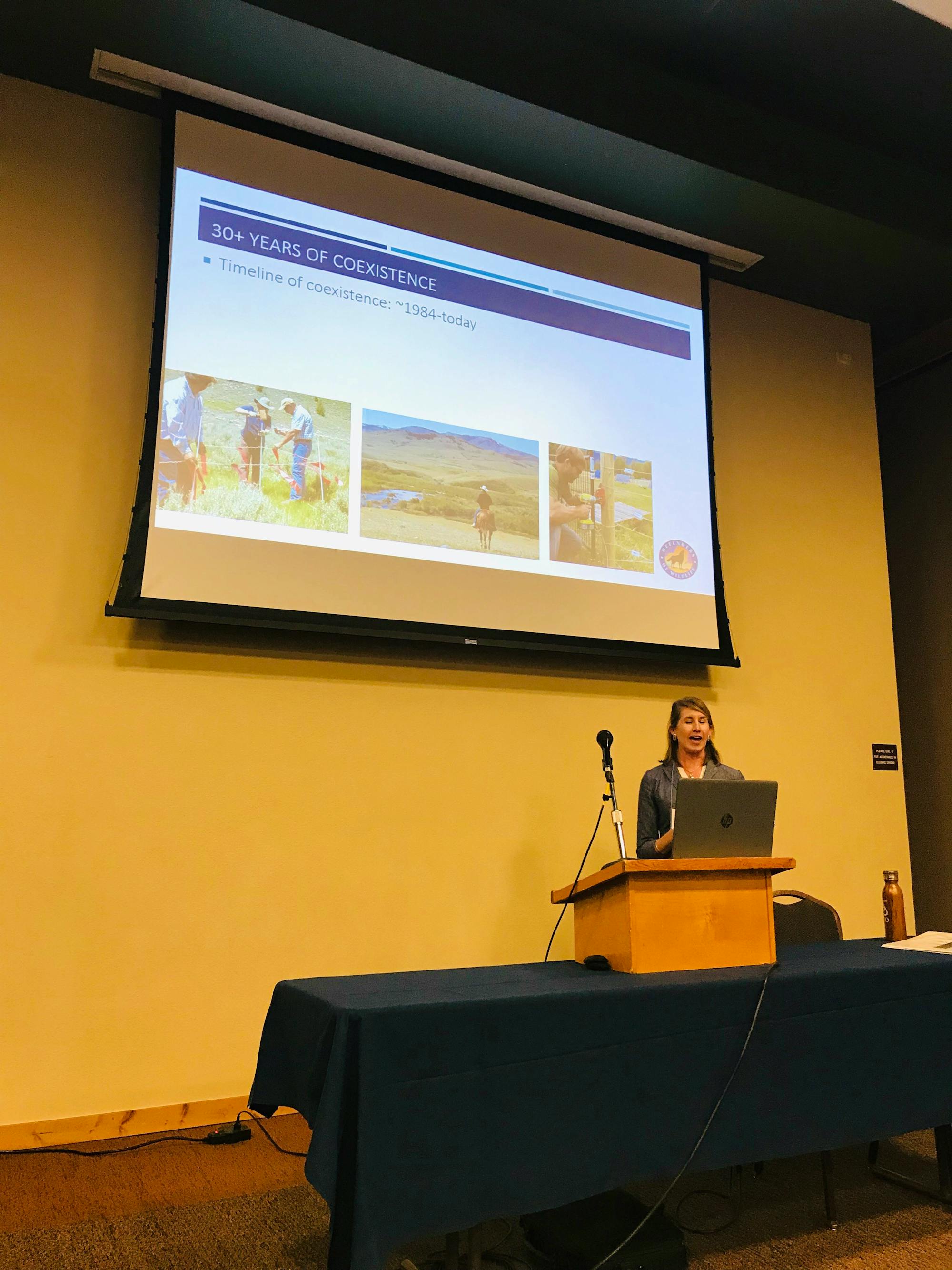
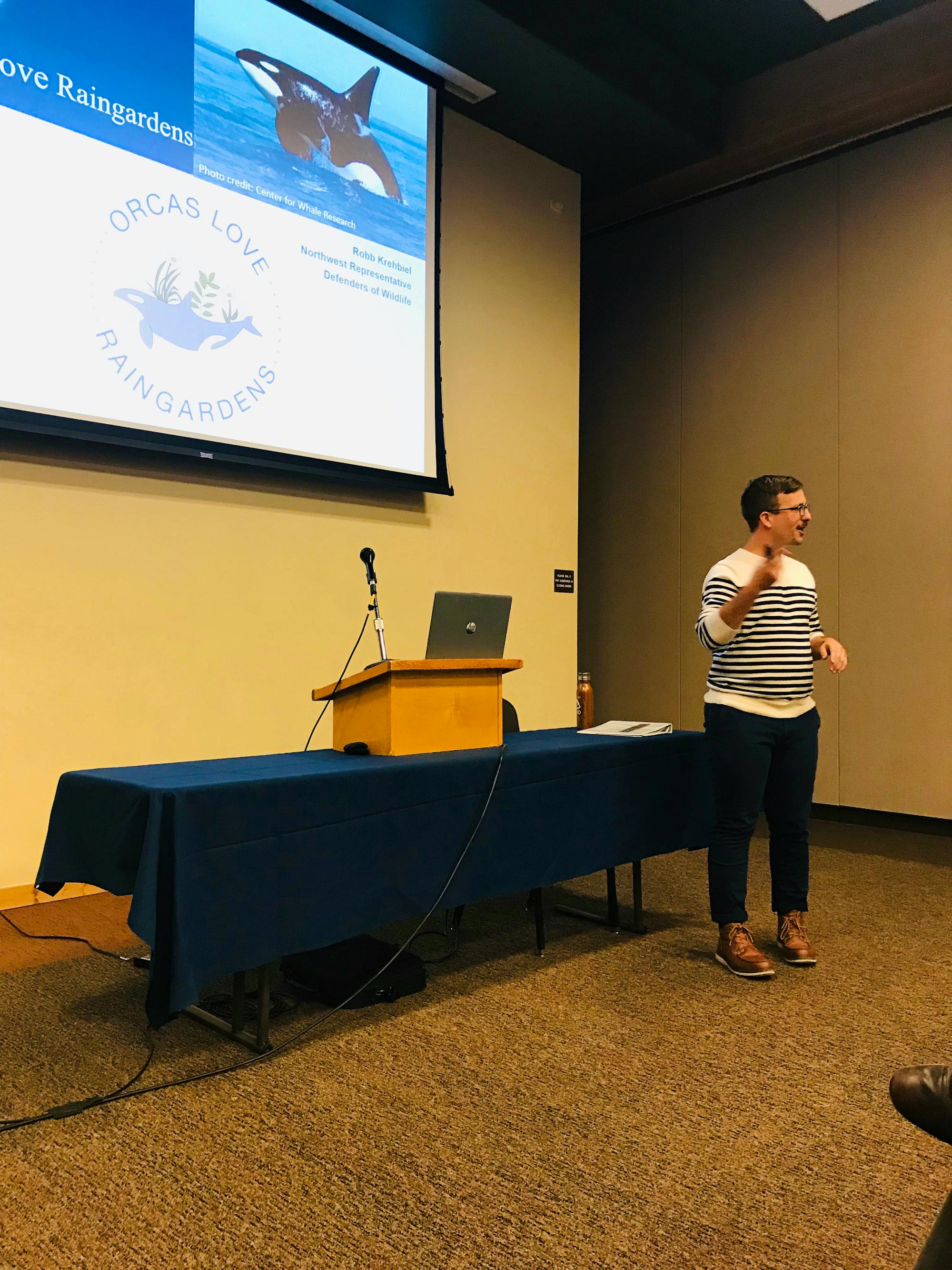
By sharing lessons from Defenders’ 30+ years of coexistence work, we aim to broaden the practitioner community’s awareness and reflection on approaches for human-wildlife coexistence. We laughed and even cried (thanks to Robb’s heartwarming story about middle school students who visited the shores of the Puget Sound for the first time after helping install a raingarden at their school) with our audience. Throughout the week, people shared positive feedback about our session. In the words of one agency colleague, “This is exactly the type of big picture work we need!”
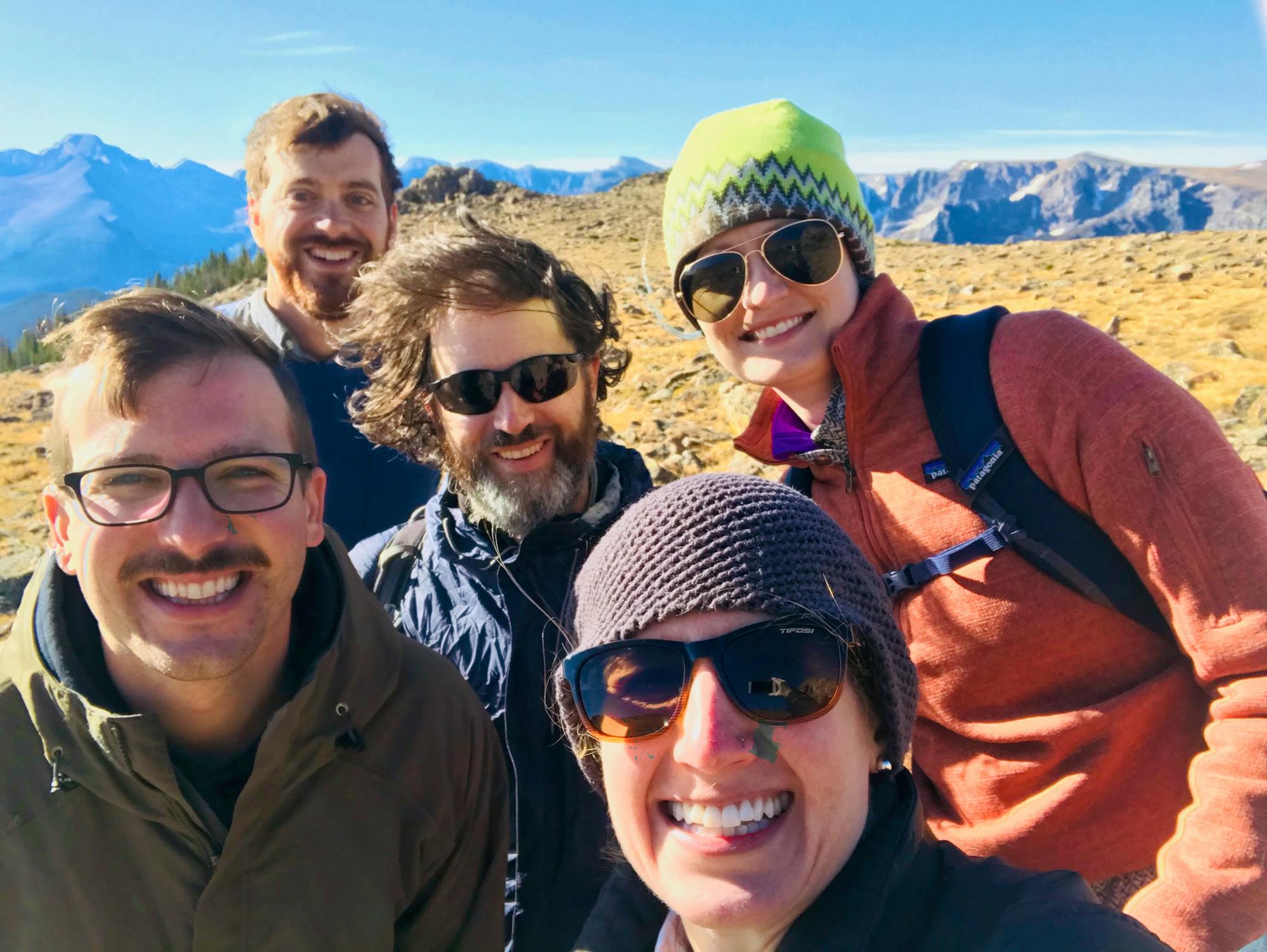

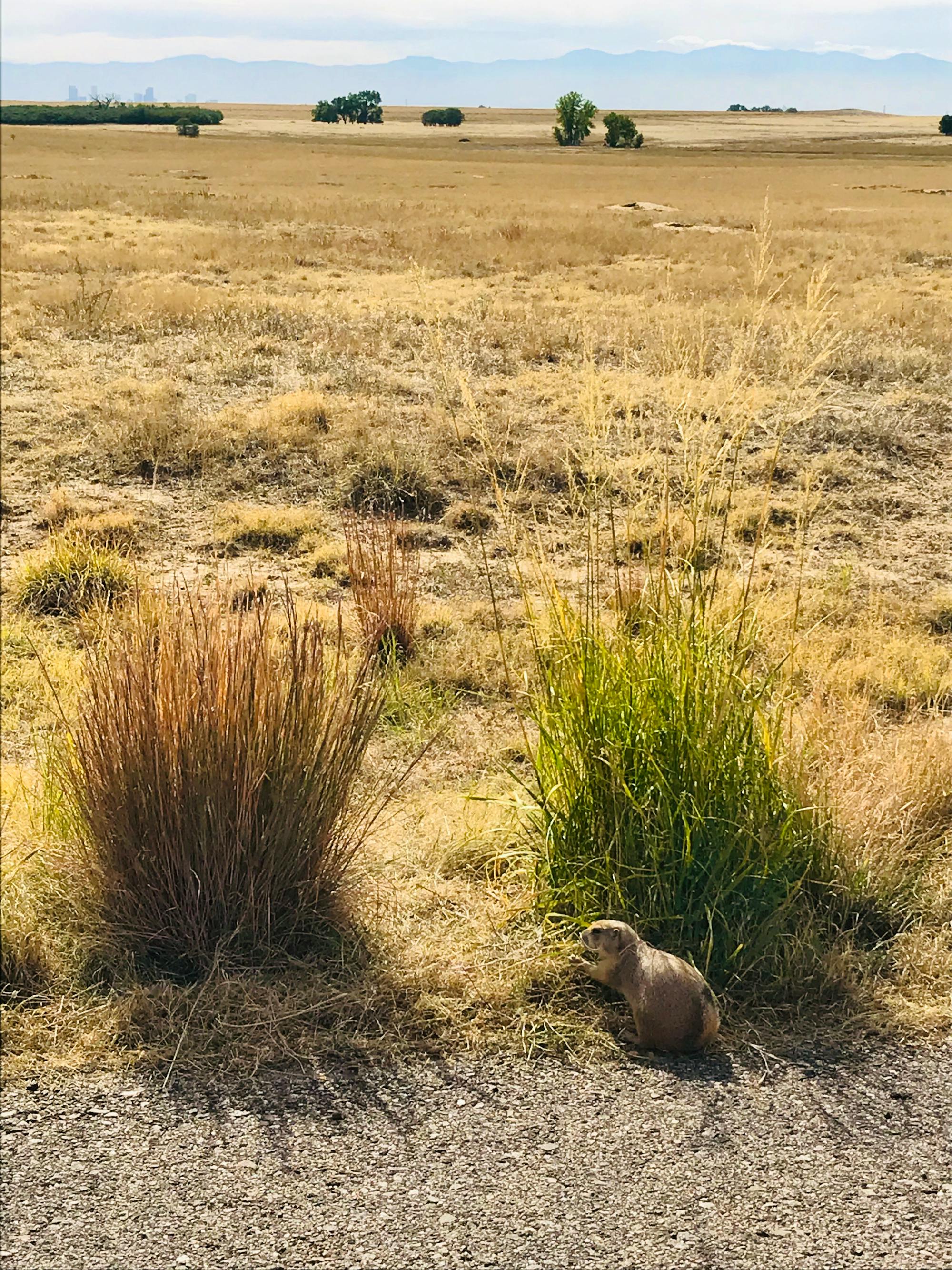
After the conference, our jaunt back to the big city of Denver reminded me of the constant wrestle in Colorado between the state’s awe-inspiring, sagebrush-studded wilderness and its ever-spreading sprawl of big box business parks. We stretched our legs on a gorgeous 11,600-foot mountain in Rocky Mountain National Park and cruised by some beloved bison and prairie dogs (and apparently, though not obviously, black footed ferret) in the picturesque Rocky Mountain Arsenal National Wildlife Refuge. On our drive out of the Refuge, we passed by a towering soccer stadium and new housing developments, their clean, white walls staring down the dusty, burrow-ridden prairie on the opposite side. That neighborhood mirrors many others like it across America, and as the human-wildlife interface grows, our work on coexistence and the human dimensions of conservation is more important than ever.



